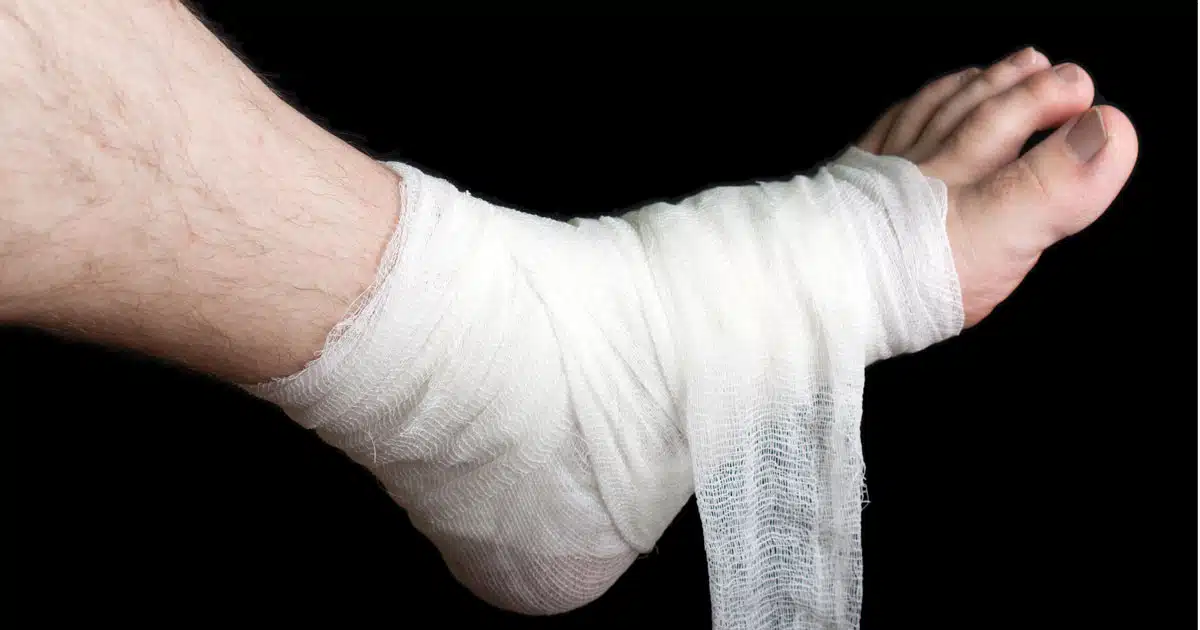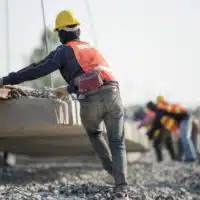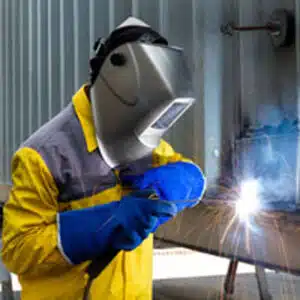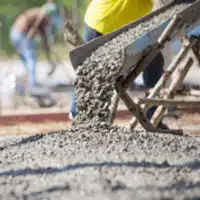When you are working on a construction site, your feet are susceptible to serious injuries. You are always on your feet if you are a construction worker. Most often, the only time you sit is during lunch breaks. That is why foot safety is so important on a construction site. If an injury to your foot prevents you from standing for prolonged periods of time, then you will not be able to do your job efficiently and safely.
A foot injury may have difficulty healing if you are on your feet all the time at work. For this reason, workers with foot injuries will not be able to work in order to heal. Every time you put weight on an injured foot, you risk injuring it again and causing additional problems. Foot injuries are often painful and hard to heal because of this.
The Occupational Safety and Health Administration (OSHA) has rules in place to help prevent workplace injuries, including ones involving feet:
- Workers must wear safety shoes when working in locations where there is a risk of slipping and falling or objects piercing the sole.
- Protective footwear must meet ANSI Z4 or have equivalent design requirements. Impact and compression protection are provided by all ANSI-approved shoes. However, the level and sort of protection may not always be the same. Different footwear protects users in various ways. Make sure to review the label of the footwear.
- Shoes or boots may need to have special electrical conductivity insulation or other non-conductive protective material in order to prevent electrical shock.
- Chemical-resistant boots may be required to protect against caustic, reactive, toxic, or corrosive substances during cleaning or surface preparation.
- Slip-resistant shoes should always be worn in any type of construction or production facility environment, but especially if the worker will have to be in icy or rainy weather conditions.
Many construction work settings require boots with toe caps and puncture-proof soles. Non-slip soles, chemical-resistant materials, insulation, or other protective features may be required in your profession. Ensure that the shoes are safe according to necessary safety standards.
What Are the Most Common Foot Injuries in the Construction Industry?
According to the Bureau of Labor Statistics (BLS), there are approximately 60,000 foot injuries every year that cause employees to miss time from work. On average, these injuries cause up to five days of missed work, causing up to $600 million in lost production.
With so many bones, muscles, ligaments, and tendons in the feet, there are a large number of injuries that can happen in the construction industry. The most common foot injuries in the construction industry include:
- Broken bones.
- Puncture wounds.
- Amputation of toes or feet.
- Foot sprain.
- Burns.
- Cuts and lacerations.
- Hypothermia.
- Bunions and fallen arches.
- Electrical shock.
There is also the possibility of multiple injuries to the feet. You may see this if a worker has a catastrophic workplace accident. For example, suppose a construction worker’s foot is severely damaged by heavy machinery. If this happens, the worker will likely suffer from many different types of injuries, including broken bones, lacerations and cuts, puncture wounds, crushing injuries, or even amputation.
What Are Common Causes of Construction-Related Foot Injuries?
If you know what causes foot injuries in the construction industry, then you might be able to prevent one from happening on the job. You can put procedures, rules, and systems in place that could help prevent a foot injury from happening. The OSHA has identified six common work-related foot injuries and causes:
- Broken bones: Crushed or broken injuries due to falling objects, moving vehicles, and being trapped or caught in between objects.
- Puncture injuries: Punctures of the sole of the foot are caused by loose nails, sharp metal, or glass objects. Puncture wounds can easily get infected if not treated promptly. You can even get tetanus from a puncture injury.
- Cuts and lacerations: Cuts and lacerations of the feet can be caused by chainsaws, rotary mowers, and unguarded or improperly guarded heavy machinery.
- Burns: Foot-related burn injuries are caused by splashing molten metal, chemical spills, contact with fire, and flammable or explosive materials.
- Electrical shock: Electrical shock is caused by static electricity, contact with sources of electricity, including exposed hot wiring or wiring that is not properly grounded.
- Sprains: Sprains can happen in slip and fall accidents. You could slip and fall on scaffolding or from wearing improper footwear.
If you have been injured at work, you may be entitled to Workers’ Compensation benefits. It is important to report your accident and injury as soon as it happens. It is also critical to get immediate medical attention and keep your reports. This will help link your foot injury to the accident. If there is a problem with your Workers’ Compensation claim, a lawyer may be able to help. They will fight to protect your rights.
Wilmington Construction Accident Lawyers at Rhoades & Morrow Focus Their Practice on Representing Seriously Injured Construction Workers
If you have a severe foot injury from a workplace accident and need help with a claim, our Wilmington construction accident lawyers at Rhoades & Morrow can advise you on the next steps to take. Call us at (302) 427-9500 or contact us online to schedule a free consultation. We have offices in Wilmington, Bear, Milford, and Lewes, Delaware. With offices in all three counties of Delaware, we serve clients throughout the state.





